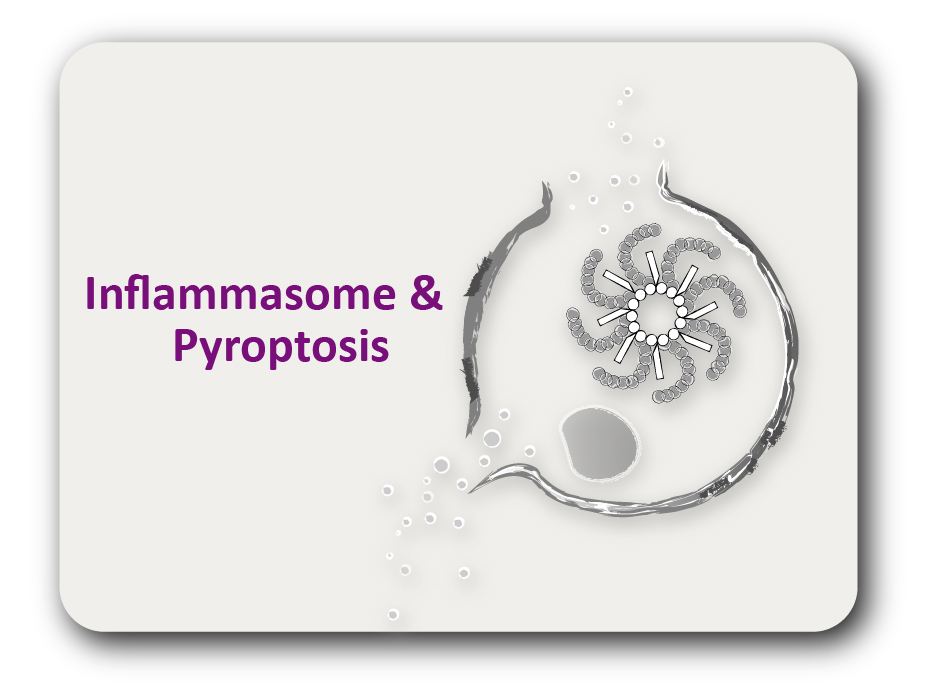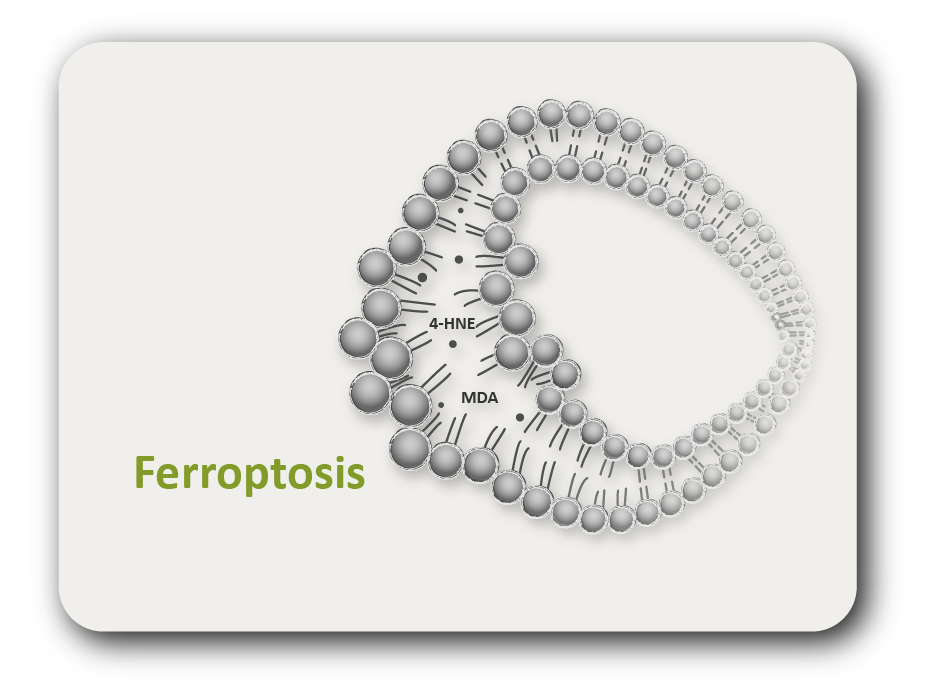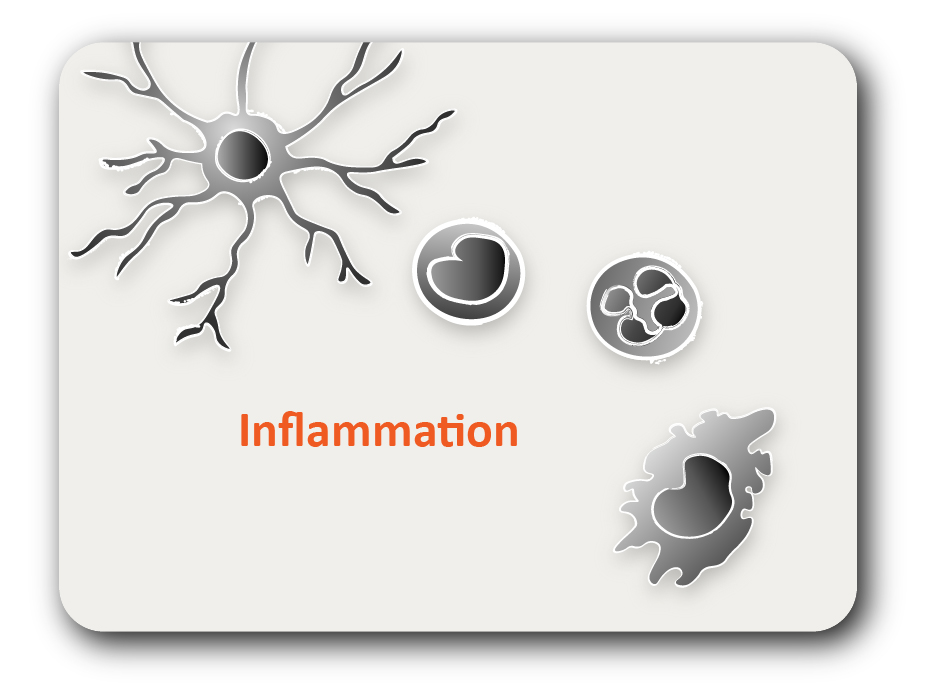ARG83075
Canine Parvovirus (CPV) ELISA Kit
Canine Parvovirus (CPV) ELISA Kit for ELISA and Dog
Overview
| Product Description | ARG83075 Canine Parvovirus (CPV) ELISA Kit is an Enzyme Immunoassay kit for the qualitative of Canine Parvovirus in dog serum. |
|---|---|
| Tested Reactivity | Dog |
| Tested Application | ELISA |
| Target Name | Canine Parvovirus |
| Conjugation | HRP |
| Conjugation Note | Substrate: TMB and read at 450 nm. |
| Detection Range | Cut - off |
| Sample Type | Serum |
| Sample Volume | 100 µl |
| Precision | Intra-Assay CV: less than 7 % Inter-Assay CV: less than 7 % |
| Alternate Names | Canine Parvovirus, CPV, CPV2, parvo |
Application Instructions
| Assay Time | ~2 hour |
|---|
Properties
| Form | 96 well |
|---|---|
| Storage Instruction | Store the kit at 2-8°C. Keep microplate wells sealed in a dry bag with desiccants. Do not expose test reagents to heat, sun or strong light during storage and usage. Please refer to the product user manual for detail temperatures of the components. |
| Note | For laboratory research only, not for drug, diagnostic or other use. |
Bioinformation
| Background | Canine parvovirus is a contagious virus mainly affecting dogs. CPV is highly contagious and is spread from dog to dog by direct or indirect contact with their feces. Vaccines can prevent this infection, but mortality can reach 91% in untreated cases. Treatment often involves veterinary hospitalization. Canine parvovirus often infects other mammals including foxes, wolves, cats, and skunks. Felines (cats) are also susceptible to panleukopenia, a different strain of parvovirus. |
|---|---|
| Function | Dogs that develop the disease show signs of the illness within three to ten days. The signs may include lethargy, vomiting, fever, and diarrhea (usually bloody). Generally, the first sign of CPV is lethargy. Secondary signs are loss of weight and appetite or diarrhea followed by vomiting. Diarrhea and vomiting result in dehydration that upsets the electrolyte balance and this may affect the dog critically. Secondary infections occur as a result of the weakened immune system. Because the normal intestinal lining is also compromised, blood and protein leak into the intestines, leading to anemia and loss of protein, and endotoxins escape into the bloodstream, causing endotoxemia. Dogs have a distinctive odor in the later stages of the infection. The white blood cell level falls, further weakening the dog. Any or all of these factors can lead to shock and death. Younger animals have worse survival rates. |
| Title | Download Link |
|---|---|
| ARG83075 Canine Parvovirus (CPV) ELISA Kit |
 Download Download
|





